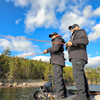
10 Essential Steps for Winterizing Your Boat
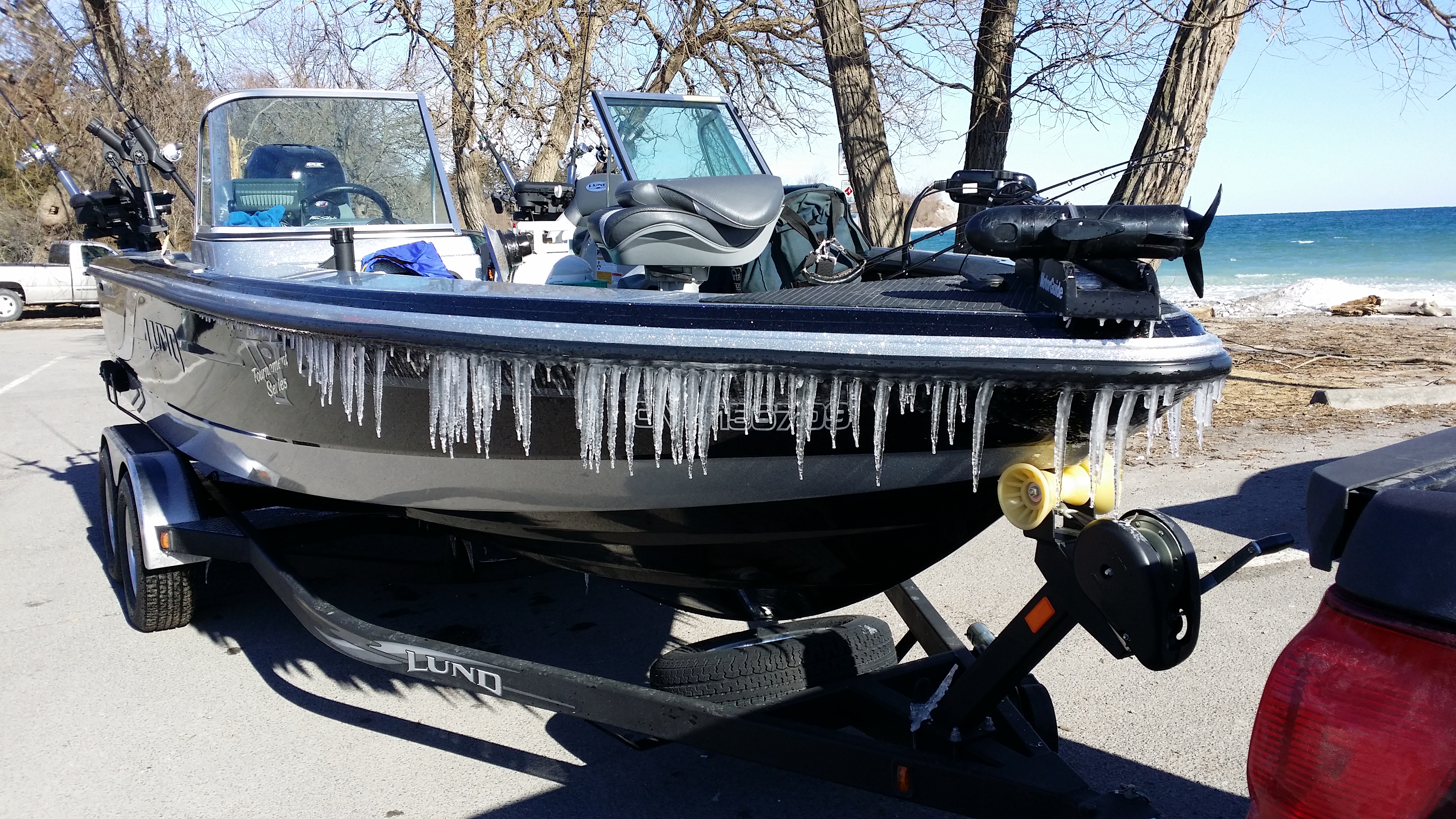
As the boating season in Ontario comes to an end, it's crucial to properly winterize and store your boat to ensure it's ready for next year’s adventures. Here’s a comprehensive listicle to guide you through the process.
1. Clean Your Boat Thoroughly
Before storing your boat, give it a good wash. Remove any dirt, grime, and saltwater residue. This will help prevent corrosion and mold during the off-season. Don't forget to clean the interior, including carpets and upholstery.
2. Remove All Gear and Personal Items
Take out all equipment, personal belongings, and safety gear. This includes life jackets, fishing gear, and any other items that could be damaged by cold temperatures or moisture.
3. Drain-All Water Systems
Ensure all water from the bilge, plumbing, and water tanks is drained. Leftover water can freeze and cause damage during winter.
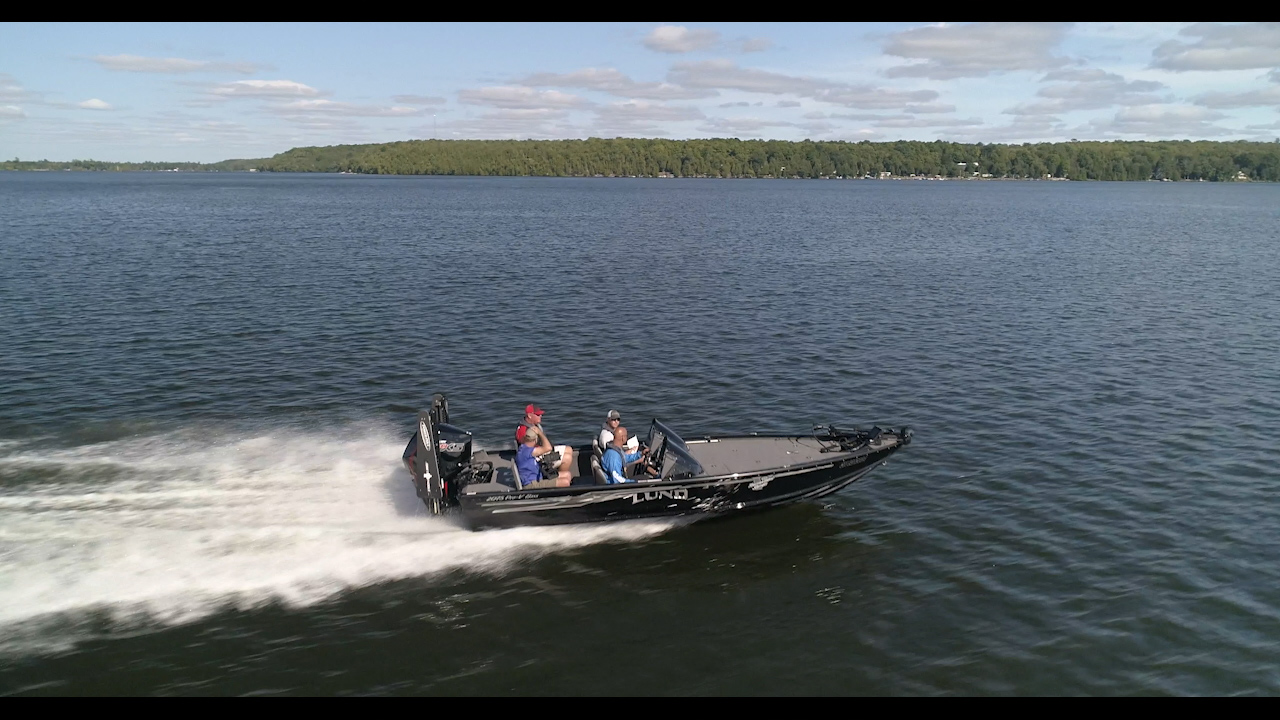
4. Protect the Engine
Change the oil and filter to prevent contaminants from causing corrosion. Add a fuel stabilizer to the gas tank and run the engine for a few minutes to circulate it. Finally, fog the engine with a fogging oil to protect internal components.
5. Disconnect the Battery
Remove the battery and store it in a warm place. Clean the terminals and ensure it’s fully charged to prevent freezing and damage.
6. Inspect and Maintain the Hull
Check the hull for any cracks or damage. Apply antifouling paint if necessary and consider using a protective cover to shield against environmental elements.
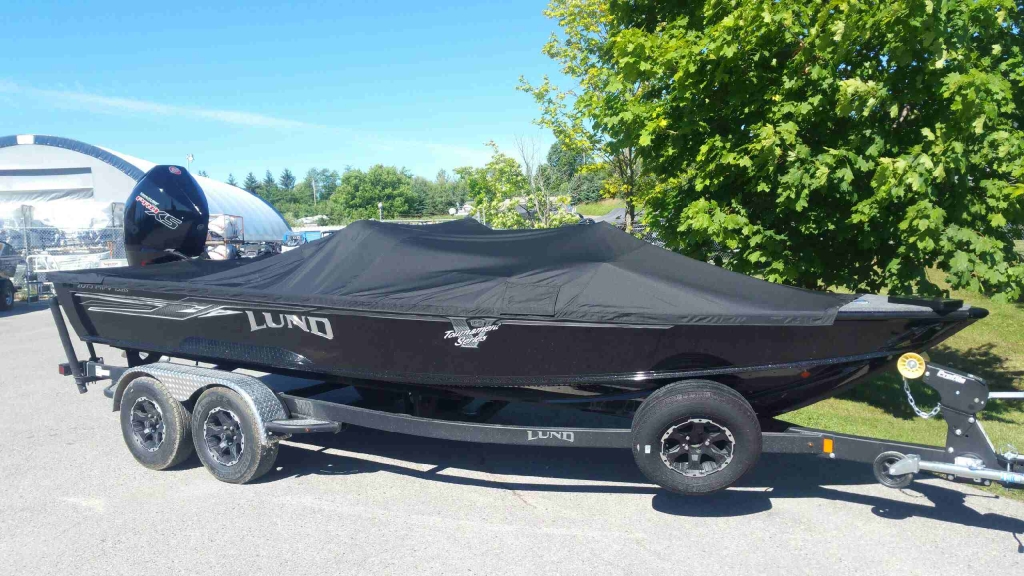
7. Winterize the Plumbing System
Use antifreeze specifically designed for marine applications to winterize the plumbing system. This includes water pumps, toilets, and any other water lines.
8. Check and Secure the Trailer
Inspect your trailer for any wear and tear, ensuring the tires are inflated and the brakes are functioning. Lubricate all moving parts and check the lights to ensure everything is in working order.
9. Cover Your Boat
Invest in a high-quality cover that fits your boat well. This will protect it from snow, ice, and UV damage. Ensure the cover is secured tightly to prevent wind from getting underneath it.
10. Store in a Safe Location
Choose a storage method that suits your needs—outdoor storage with a cover, indoor storage, or even a marina facility. Ensure the location is safe from flooding and has proper ventilation.
Taking the time to winterize and prepare your boat for storage can save you headaches and costly repairs when the warm weather returns. Follow these steps diligently, and you’ll be ready to hit the water as soon as the season changes!
Recommended Articles

5 Tips For How to Hire A Fishing Guide

Early Summer Muskies

Christmas Walleyes in Summer

Fishing Walleye on Dog Lake

Lac Seul Lunkers

Ice Perchin’ Ontario

Year of the Trout

Gearing up for Ice Fishing

Sweet Spot Season

Stalking Prehistoric Long Nose Gar

Merkel's Camp

Eagle Lake Island Lodge

Dropshot the Shallows

Muskie Myths Part 2

Fishing Carp

Laurentian Lodge - Something for Everyone!

Birchland Cottages

Igniting the Spark
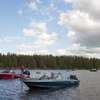
Magpie Reservoir







